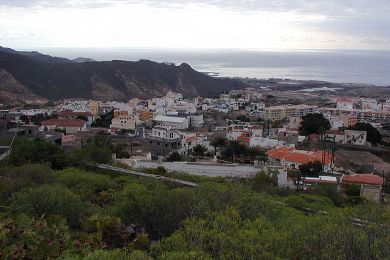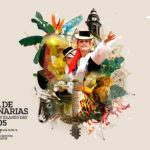The municipality of Adeje allocate more than 64 million euros until 2022 in a plan for sustainable urban development for the city is “really a city.” announced today at a press conference the local mayor, José Miguel Rodríguez Fraga.
The mayor said that the Strategic Plan 2002 will serve as a “backdrop of the set of actions in an urban, sustainable and designed for people model”.
Rodríguez Fraga has been accompanied in the presentation to the media by Council of Good Governance and Finance, Epifanio Diaz Hernandez and Tourism Policy and Planning, Ermitas Moreira.
He spoke the mayor of the municipality repositioning in two realities, the tourist and residential, in a project that focuses on the township into the future.
Adeje thus adheres to the project of European funds and Integrated Sustainable Urban Development (Dusi) that promotes and encourages in cities to a comprehensive and sustainable development.
“We have already submitted our plan to the Ministry of Economy, which requested 15 million euros,” said the mayor.
He added that it has passed the first stage of assessment and expected the mayor in the coming weeks “we know if our project finally approved, anyway, will not give the marking plan, we will have or not these funds”.
José Miguel Rodríguez Fraga said, by population, would correspond Adeje only 5 million, but “we are defending the uniqueness of the municipality which has nearly 50,000 inhabitants and we serve nearly 200,000”.
“I hope you will consider this reality, so we have requested more funding,” he said.
Adeje Plan 2022 includes a cultural area with special attention to the recovery and value of the Strong House.
“We want to complete the study, rehabilitate and make it known to put in value and make it a sustainable resource,” said the mayor.
He listed other cultural and natural elements of the area of the municipality as the Barranco del Infierno, the Convent, the Church or Spain Square “where we will put an interpretation center.”
He further explained that the plan includes the construction of a walk to the edge of the ravine that link the heart of the historic center with the tourist center directly. “It is a very ambitious project but it is possible and would start now.”
A second pillar of action hull will connect the residential area to tourism.
“We want to permeate our territorial model that has defined the residential area of tourism. We believe it is time to integrate those two realities,” said Fraga.



